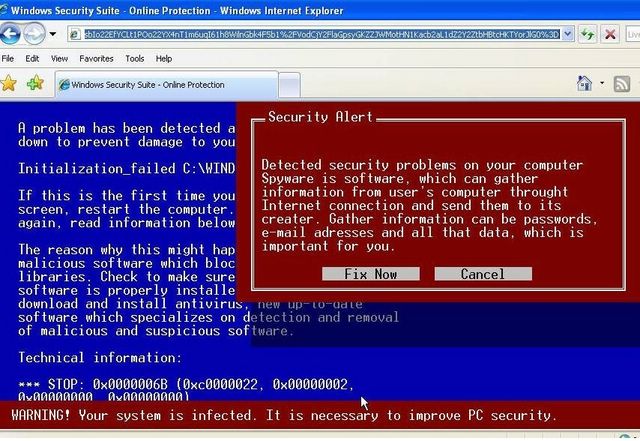Can you spot the warning signs in the screen capture below?
It's a sneaky malware attack designed to sucker you into installing "security" software designed to extort money from you (much like other products I've talked about previously).
The threat discovered by Sunbelt Security is very real and very tricky since most casual PC users may have never encountered a BSOD. Read about what Sunbelt says about the threat
here

Your first clue should be that a Windows "STOP" error, also known as a BSOD (Blue Screen of Death) does NOT happen inside a web browser window.
Your second clue should be that in the event of a real STOP error, there is never an option to repair anything.
Remember, it's a nasty jungle online. Surf safe and smart.
![[KickIt]](http://www.dotnetkicks.com/favicon.ico)
![[Dzone]](http://www.dzone.com/favicon.ico)
![[Digg]](http://cdn1.diggstatic.com/img/favicon.a015f25c.ico)
![[Reddit]](http://www.reddit.com/favicon.ico)
![[del.icio.us]](http://www.delicious.com/favicon.ico)
![[Facebook]](http://www.facebook.com/favicon.ico)
![[Google]](http://www.google.com/favicon.ico)
![[StumbleUpon]](http://www.stumbleupon.com/favicon.ico)
![[Twitter]](http://stgeorgepcdoctor.com/pics/tweet.jpg)
Tags: bsod, malware, sunbelt, windows